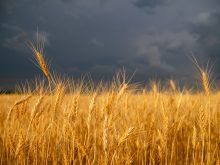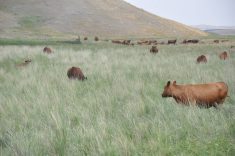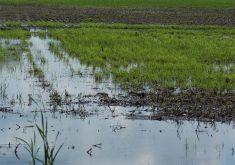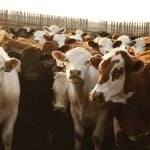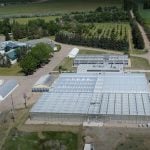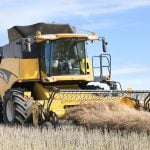I open my eyes to another day of bright sunshine and feel that familiar anxiety — please God, let it rain today. The rain has been gone for two weeks now. After the initial rejoicing at the first few dry days, farmers are getting worried. Plants that just a little while ago stretched their leaves toward the sun are now curling them to retreat from its rays.
Zambia has one rainy season, beginning at the end of October and continuing until April. February is usually the heaviest month. This year, instead of starting slowly with intermittent rain, it never stopped once it started. The fear now is that it has rained itself out early.
Read Also
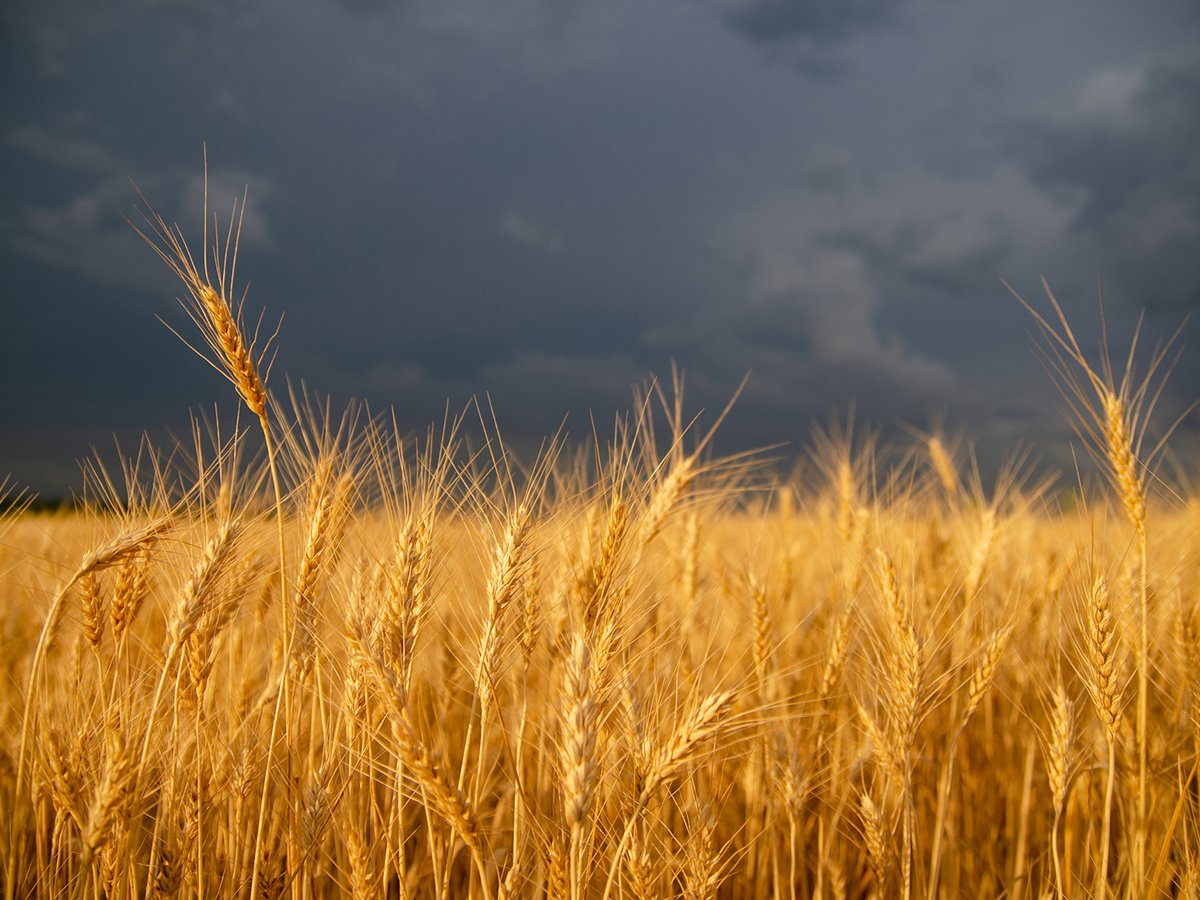
Late season rainfall creates concern about Prairie crop quality
Praying for rain is being replaced with the hope that rain can stop for harvest. Rainfall in July and early August has been much greater than normal.
Eugene, a white dairy farmer, told us it would be a disaster if it quit raining now. There are many fields of corn that are immature and won’t ripen. Those fields are a family’s food supply for the next year. We think of our corn plots in Mpongwe, especially those whose plants were still so small and feel a pang of anxiety.Members of the Bukuumo Co-op think of the sweet potatoes that they have just planted.
Why plant so late? To us it seems logical that you want to get your corn in at the first possible opportunity. Maybe that comes from being western Canadian grain farmers, where every day gained in spring is important to the maturity of the crop. There is merit in that thought here too and if the rain stops early, the first ones planted will have the best yield. But there is also a danger. If the crop does well and the rain continues until April, it sometimes happens that the cobs are ready for harvest but cannot dry. This will promote sprouting or even rotting on the stalk. Large commercial farmers have drying and storage facilities, but the small-scale farmer has no such options. They are at the total mercy of the weather. As a result, they will often plant successively to have some corn at various stages. 
Another reason for late plantings is available strength. Many of the small fields are “plowed” by hand with a hoe, often by women. Ideally the field would be ready before the rain started, and then they would only have to seed. But the soil is rock hard after the long hot dry season and it needs the rain to soften it enough to work, even with oxen. It is so dusty then that the oxen would not be able to breathe. This year, with the rain coming so heavily and steady, getting the crop in was difficult. We just have to remember the last wet spring in Canada to sympathize.
Timely delivery of inputs is also a problem. The government has been offering small-scale farmers fertilizer subsidies of 40 percent. Although the government requires prompt payment before it distributes the fertilizer and seed, the farmer is at the mercy of the government to deliver them on time for planting. For many, as for the Mpongwe group, this was later than is ideal. Many didn’t get their inputs until December. 
Acres are smaller this year. Those who sold last year’s crop to the government’s Food Reserve Agency are still waiting for their final payments. The agency took in more crop than they had budgeted for and seems to have run out of money, which was needed to plant food for the family. Farmers are learning the hard way that they cannot depend on government programs.
We plan to visit large commercial farmers soon, so it will be interesting to compare their situation with that of the small-scale farmers we have been meeting with so far. They have their own set of problems to deal with.
Previous entries
Diaries of a Global Farmer – February 14, 2008
Diaries of a Global Farmer – February 7, 2008
Diaries of a Global Farmer – February 1, 2008




